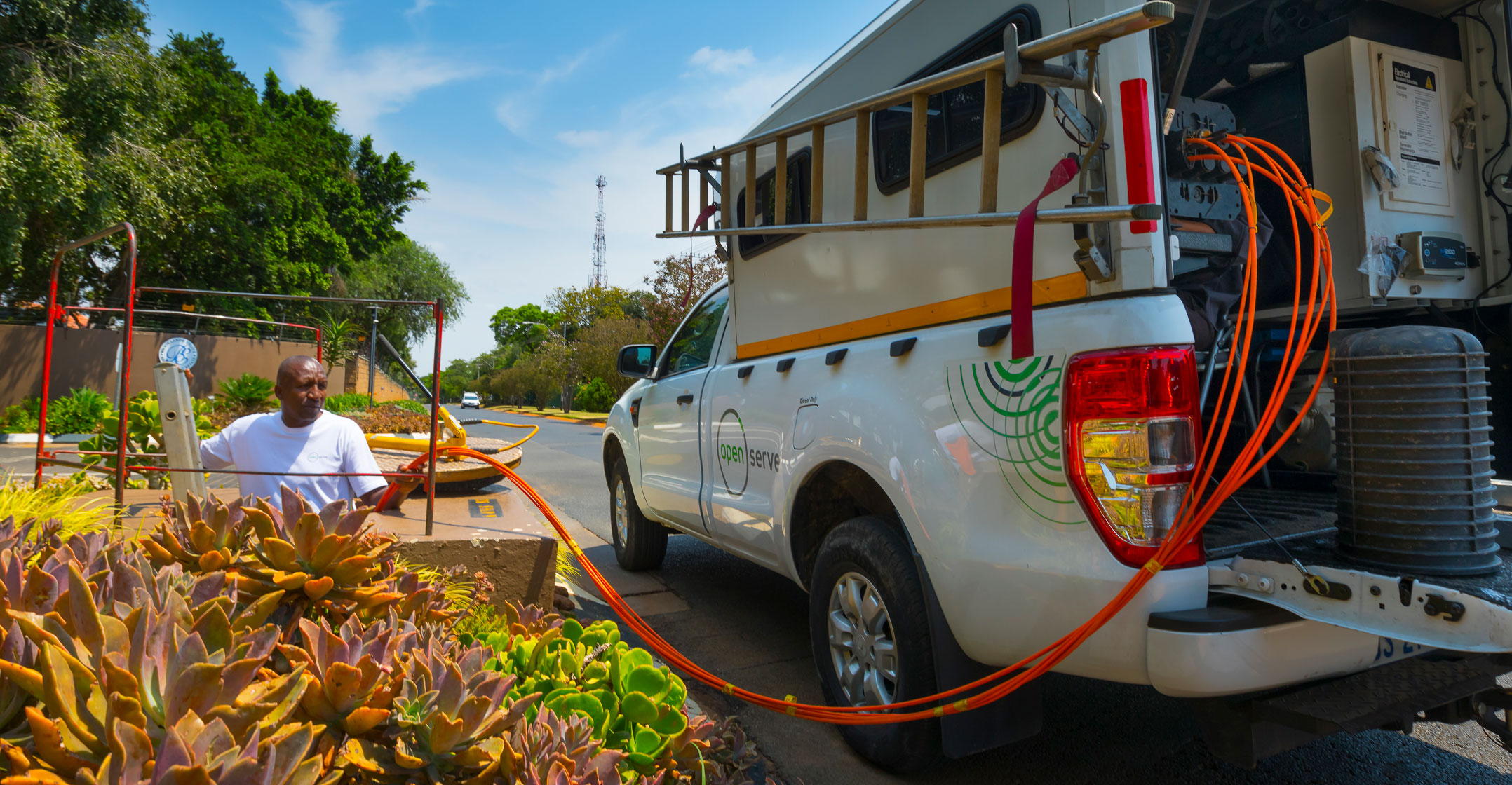 As Sipho Maseko begins his orderly and well-telegraphed exit from the Telkom CEO position, a first quarter financial update from the telecommunications provider contains a few more worrying signs.
As Sipho Maseko begins his orderly and well-telegraphed exit from the Telkom CEO position, a first quarter financial update from the telecommunications provider contains a few more worrying signs.
On a year-on-year basis, the numbers for April to June look great. But, as we know, the same period last year included a month of hard lockdown (level 5), a month where restrictions were slightly eased, and June where economic activity was largely back to “normal”.
Read: Serame Taukobong appointed as Telkom CEO-designate
Contrast that to this year, where April and May were at the lowest possible level in terms of restrictions (adjusted level 1). Save for the broader hospitality sector (which is still feeling the impact of the absence of business travel and international tourism), life was back to normal. At the start of June, the country was in adjusted level 2 and was shifted to adjusted level 3 mid-month.
This means the year-on-year periods cannot realistically be compared.
Put this aside and, still, there remain areas of concern in the mobile business. The group’s CEO-designate announced on Wednesday, Serame Taukobong, will be well aware of the challenges ahead.
Mobile customers are up 36% versus the hard lockdown quarter last year, while mobile data customers are only up 30%. Quarter on quarter, mobile data subscriber growth is running at about half the rate of mobile customer growth. This means it is likely adding customers at the lower end of the market – these customers are active but not using data.
Trend
One can see this trend in the mobile subscriber bases as well. It lost 25 000 post-paid customers over the last 12 months and added 4.3 million prepaid customers. Many of these customers are less profitable for the operator, if profitable at all.
The trend suggests we may be seeing the impact of a more focused Cell C that is no longer chasing subscriber growth at any cost. It is focused on profitable segments, which has created a vacuum in the market for ultra-price-sensitive customers who often cycle between multiple Sim cards to take advantage of certain offers or calling plans.
It needs to address this by slowing down the rate it is adding customers who are not using data and by ensuring it is able to get more of its existing base to use data. On the post-paid side, the market for large-volume mobile connectivity is intense, with Rain continuing to make inroads, and Vodacom and MTN recently shifting their attention to this segment.

Usefully, it is managing to add mobile data customers who are spending at a solid enough rate to keep the mobile revenue number growing in lockstep. Mobile data revenue as a percentage of overall mobile revenue has been fairly constant over the last four quarters, if one excludes the extraordinary usage levels which was to be expected in the hard lockdown quarter last year.
The far bigger question facing management is whether anything can be done on the fixed-line side of the business to more rapidly shift homes to its own fibre network.
Telkom notes that in the current quarter it has “reached an inflection point, where the number of homes connected with fibre of 306 837 surpassed the number of homes connected with copper of 264 186”. Put differently, it lost 171 616 DSL subscribers in the last year. During that time it only added 74 719 fibre customers.
These trends have been in place for some time and, because the decline in copper/DSL is accelerating, they are getting worse, not better.
Fixed voice and subscription revenue is under immense pressure, and has declined by 7%, 4% and 6% over the last three quarters. Again, the trend is not good at all. Fixed-line voice minutes are almost as low in the most recent quarter as they were during hard lockdown.
Of concern is that Telkom’s capex is the lowest it’s been since the hard lockdown quarter. Spend has been relatively lumpy for some time. In the last two quarters,, it added over 500 mobile sites to its network, an increase of 8%. That is a big shift from the prior three quarters where its footprint was mostly flat.
Trade and other payables
Moneyweb previously highlighted the sharp increases in trade and other payables. At the end of the 2021 financial year, trade and other payables increased by another 37.8% to R11.5-billion. This means trade and other payables were at 26.6% of revenues at March 2021, from 14.5% in March 2018. Investors will be very interested to see what this picture looks like at the interim stage.
Compared to last year’s lockdown quarter, group revenue is up R400-million. The three primary drivers of this were an R816-million increase in mobile revenue, offset by a R229-million decline in fixed-line revenue and a R278-million decline in IT (BCX, excluding voice and connectivity) revenue.
But if you compare the most recent quarter (to June) versus the prior quarter (to March), group revenue is largely standing still (down R150-million). A R101-million increase in mobile revenue was offset by decreases of R150-million and R104-million in fixed-line and IT respectively.
Therein lies the problem.
- This article was originally published on Moneyweb and is used here with permission




